The Importance of Progressive Overload
If you're someone who has always done random workouts, dropped into a class here and there, and has never seen results despite working out relatively regularly, then this post will explain why. When it comes to training and seeing results, one of the most important factors is progressive overload. One common misconception is that you need to change your workouts up regularly to confuse your muscles; however, this simply isn't true. So, how do you program to see results?
When it comes to lifting weights, whether your goal is to get stronger or build muscle, progressive overload is key. Progressive overload is when you continually increase the workload in some capacity over time. A real-life example of this would be if someone performs a squat for 10 repetitions with 65 lbs one week; the next week, they would perform the same exercise, but increase either the load, number of repetitions, or total volume — to name a few variables. If you are continuously program-hopping and switching up the exercises you perform, it is going to be very hard to implement progressive overload.
Oftentimes, people think the answer to reaching their goals is performing super difficult exercises or flashy exercise combinations and circuits, when in reality it's pretty simple. Pick a few exercises for each movement pattern or muscle group and train them for about 4–12 weeks. Each week, try to make the exercises more challenging than the last. Like stated above, this could mean increasing load, number of repetitions, number of sets, training frequency, decreasing the amount of rest time between sets, or slowing down tempo. After you've completed 4–12 weeks of progressively making each exercise more difficult, you can switch out the exercises and repeat the process.
While there are certainly more nuanced programs than what I described above, this is a very good place to start. If you would like to train for a competition like a powerlifting meet or a bodybuilding show, then you would want an even more specific program — but for the average gym-goer looking to get stronger, add muscle, or lose fat, this is a great approach!
If you’re looking to implement progressive overload into your training routine, our small group TRAIN classes are programmed in 4 week cycles with the goal of increasing the difficulty in some way each week. Look for TRAIN on our schedule and we can’t wait to see you there!

